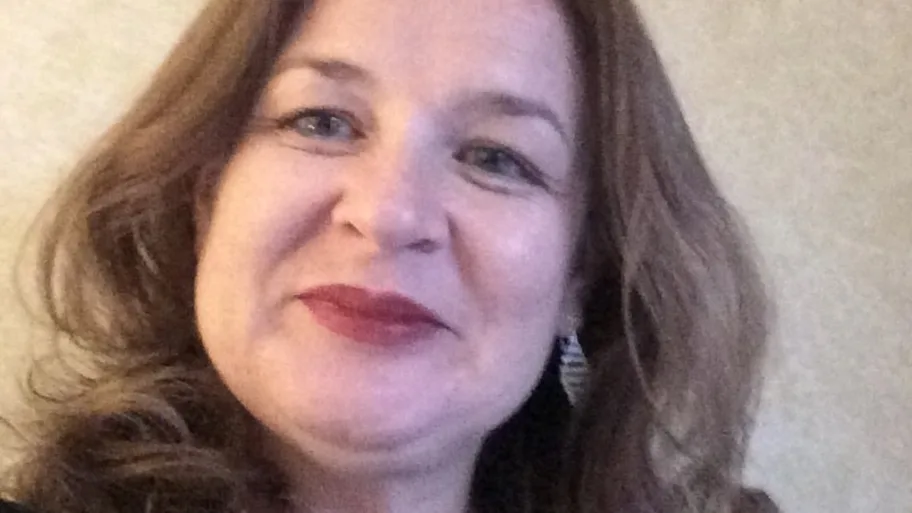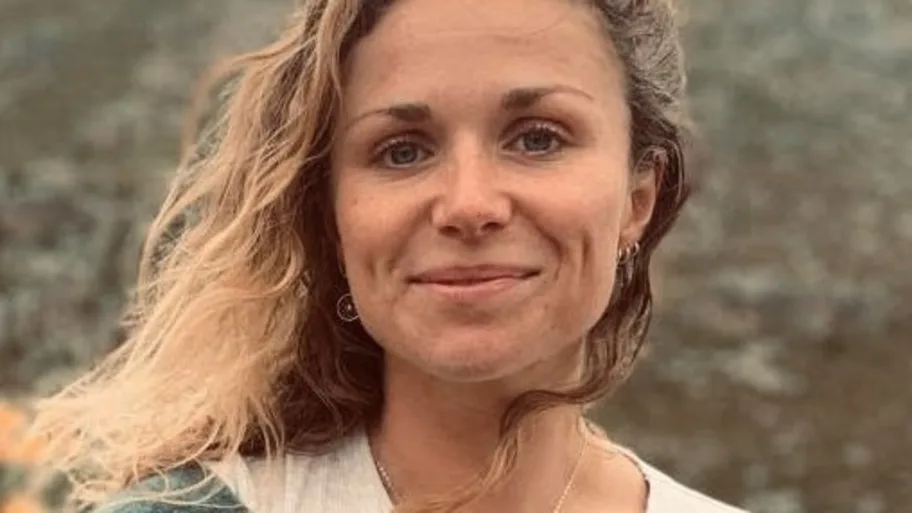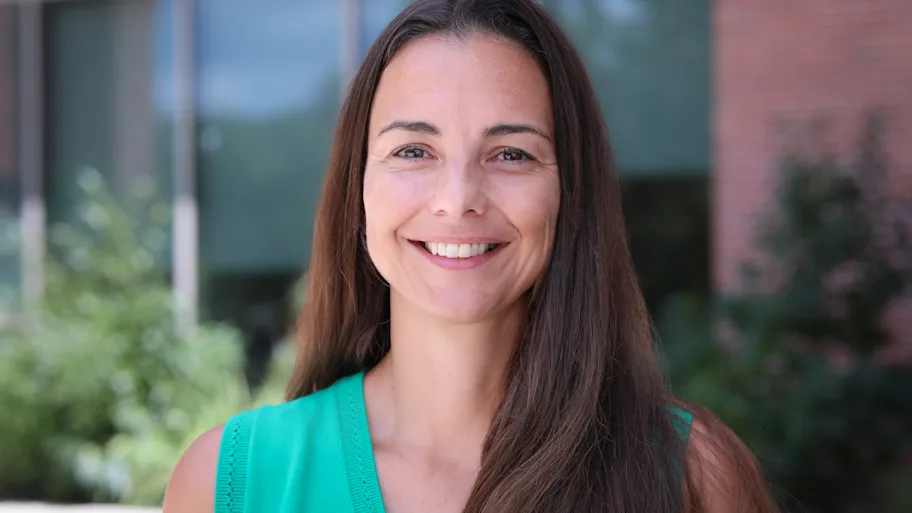
- Science news
- Frontiers news
- Pallavi Pant - Bridging science and community action to combat air pollution
Pallavi Pant - Bridging science and community action to combat air pollution
Authors: Kate Brown and Anna Farrall
In honor of this year’s International Day of Clean Air for Blue Skies, we sat down with Dr Pallavi Pant to discuss her work related to air pollution and human health, as well as her thoughts on future directions for the field. With near 15 years of experience in air pollution science, Dr Pant currently leads the Global Health program at the Health Effects Institute in Boston, USA. Her primary focus is on public awareness and engagement, particularly in low- and middle-income countries.

We began by exploring Dr Pant's current work, which centers on the global health impacts of air pollution. Dr Pant passionately describes her ambition to raise awareness about the critical role air quality plays in human health. “Air pollution has been at the forefront of many conversations related to environmental health,” she explains. “My aim is to raise the profile of how vital air pollution is to people’s health globally and how decisions around air quality can significantly impact well-being and longevity.”
Making scientific information accessible is a cornerstone of Dr Pant’s mission. “Not everyone can access journal articles, and not everyone speaks English, so I’m trying to demystify this information and release it in accessible formats in a variety of languages,” she says.
Over the course of her career, Dr Pant has primarily focused on air pollution impacts in low- and middle-income countries, particularly communities in Asia and Africa. Her research efforts focus on building and supporting networks and institutions, strengthening technical capacity, and creating opportunities for people to learn about air pollution and health, enabling them to conduct their own research.
Reflecting on her own academic journey, Dr Pant credits her time at the University of Birmingham, UK, where she completed her PhD with a renowned research group specializing in atmospheric chemistry and air pollution. “My master's in India exposed me to environmental studies broadly, but my interest narrowed to air pollution because it seemed like a tractable problem with known issues and solutions,” she says. “The technical skills and opportunities I gained at Birmingham, including leading work outside the lab and engaging in sustainability efforts, were transformative.”
Air pollution disproportionately impacts women
Dr Pant highlights that the field of air pollution research is often a male-dominated space, yet air pollution uniquely affects women. “There are the impacts that all humans experience, such as cardiovascular health implications and effects on lungs and the respiratory system. There are also impacts on our brain, both in early childhood and in old age when diseases like dementia or Alzheimer's present - we may be at a higher risk of this because of exposure to air pollution.
“For women, exposures during pregnancy tend to cause health issues for both mother and baby. Gestational diabetes, high blood pressure, and preeclampsia are some of the ailments that pregnant women can be at a higher risk of. Their newborns may be at risk of being born prematurely, at a low birth weight, or even being stillborn; causing emotional and psychological distress for women and their families.” Exposure to air pollution is a particular concern for women and children in low- and middle-income countries where solid fuel is used in households, leading to indoor pollution from wood or coal with broader implications for family health.
Given these concerns, we discussed key policy changes needed to mitigate air pollution and safeguard family health. Dr Pant highlights data accessibility as a key area for improvement. “Access to data for informed decisions is crucial. Many regions lack ground-based monitoring systems, and while satellite data and low-cost sensors help, significant gaps remain,” she explains. However, the crux of her message is the need to reduce source emissions, whether from transportation or power plants. “That is the way we’re going to see improvements in air quality,” she asserts.
A seat at the table for women
Despite the unique impact of air pollution on women, they are often excluded from decision-making discussions, both at the household level and beyond. Dr Pant emphasizes that engaging women in these conversations can empower them to make informed decisions about their family life, earning a living, and their own health.
Dr Pant shares an inspiring example of female construction workers in Delhi, India, who attended training sessions on air pollution. They learned about its importance, how to measure it, and its implications for their health as construction workers. These women received air monitors and shared their knowledge with their communities, generating further awareness. Dr Pant also initiated an informal women’s network in South Asia to discuss issues pertinent to them in a male-dominated space. “Whether you're talking about sources, solutions, raising awareness, engagement policy, or action, gender needs to be one axis on which you think before you make decisions,” she stated.
Global cooperation and shared responsibility
Our conversation shifted to the shared responsibility for emissions and the need for global cooperation. Dr Pant points out that countries which industrialized earlier faced higher air pollution levels before making course corrections. Current developing countries can learn from this history to make informed decisions. This discussion parallels the broader dialogue on climate action, where a contentious point is always “who will pay for the changes we need to make?”
Many high-income countries have moved polluting industries to other parts of the world, but this cannot continue forever. Dr Pant summarizes, “since air pollution is an issue that doesn’t stop at countries’ borders, the impacts are felt across the globe, which is why international and regional coordination is critical.” The United Nations resolution on international air pollution cooperation highlights the necessity of shared knowledge, technology, and solutions.
Bridging the gap between scientific research and public understanding
We delved deeper into one of Dr Pant’s main goals – to create and support resources that share air pollution and health impact data in an accessible way. The State of Global Air report and website provide this data in a variety of formats and languages, enabling users to present it most appropriately. This data source has been used by journalists and policymakers, spurring locally led air pollution work and even being discussed in parliaments. “We are only beginning to scratch the surface on what types of data are available and what we know about the scale of air pollution and its impacts on human health,” Dr Pant notes.
Dr Pant is also passionate about OpenAQ, a nonprofit organization providing universal access to air quality data to empower a global community of changemaker to solve air inequality – the unequal access to clean air. She describes their goals as “transformational,” highlighting that such a resource means air quality data can be found in one place without needing to scour the internet, harmonizing data shared in different formats and units. OpenAQ hosts their own Community Ambassador program, where ambassadors are connected to air pollution experts, enabling them to run their own air quality programs. Initially an enthusiastic user, Dr Pant now serves on the governing body of OpenAQ.
Coming to the end of our eye-opening discussion, Dr Pant emphasized the need for an interdisciplinary approach to tackling air pollution. “Air pollution cannot be solved just by the air quality scientific community,” she remarked, advocating for the integration of urban planning, transportation, and waste management into the broader strategy. She highlighted the universal desire for clean air, saying, “no one wants to look out the window and see grey skies and low visibility.”
With ample data on pollution sources and health impacts, we are well-positioned to act. Dr Pant underscores the importance of creative communication to make the invisible dangers of air pollution clear to everyone. That we need stories, not just data and numbers, to effectively spread awareness of this global issue. “Unlike water, which you can usually see if it’s dirty, air pollution often goes unnoticed until it is too late,” she said.
Ultimately the message is clear: tackling air pollution requires collective effort and interdisciplinary action. By leveraging diverse expertise, creative thinking, and public engagement, we can advocate for cleaner air and healthier communities worldwide.
Frontiers is a signatory of the United Nations Publishers COMPACT. This interview has been published in support of the nine planetary boundaries.






